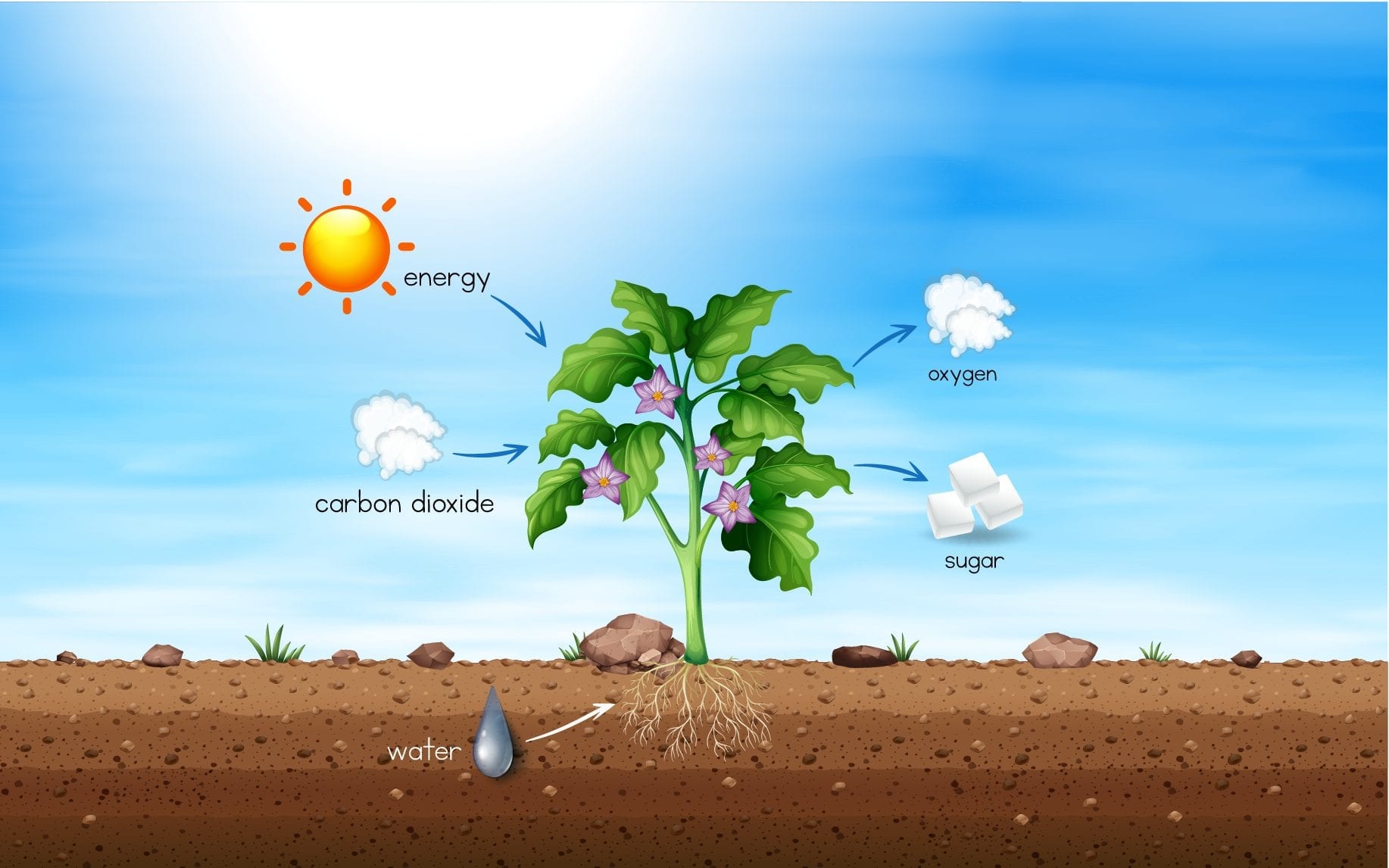MCQ ON RESPIRATION IN PLANTS / RESPIRATION IN PLANTS class 11 for NEET | RESPIRATION IN PLANTS class 11| MCQ RESPIRATION IN PLANTS with Answer | Check the below NCERT MCQ question for class 11Biology based on the with Answers.
MCQ on RESPIRATION IN PLANTS class 11Biology with answers were prepared based on the latest pattern. We have provided class 11 Biology MCQs question with Answers to help students understand the concept very well.

MCQ ON RESPIRATION IN PLANTS / RESPIRATION IN PLANTS class 11 for NEET
MCQ ON RESPIRATION IN PLANTS is useful for NEET / CSIR / UGC / CBSE / ICSE / AIIMS / EXAM / AFMC EXAM / STATE LEVEL MEDICAL EXAM/ KVS PGT BIOLOGY / NVS PGT BIOLOGY EXAM 2023-2024 ,2025
INTRODUCTION:-
RESPIRATION IN PLANTS
RESPIRATION:-
A process in which the respiratory substrate are broken down through oxidation a company with the release of energy and it’s storage or conservation in the form of ATP with CO2 release as a consequence is called respiration
Types of respiration:-
Cellular respiration may be divided into two categories depending upon the availability of atmospheric oxygen.
Aerobic respiration:-
Oxidative breakdown of respiratory substrate with the help of atmospheric oxygen is known as aerobic respiration. It involves complete breakdown of substrate into CO2 and water releasing energy.
Anaerobic respiration:-
Oxidation of respiratory substrates in absence of atmospheric oxygen is known as anaerobic respiration .It involves incomplete breakdown of respiratory substrates in which the end products such as ethanol or lactic acid are produced and CO2 is released.
Fermentation:- Many microorganism such as fungi and bacteria can grow and flourish in the complete absence of oxygen. Such microorganisms can utilise sugars to convert into ethanol and evolve carbon dioxide.
MCQ ON RESPIRATION IN PLANTS class 11 for NEET/KVS PGT BIOLOGY / NVS PGT BIOLOGY EXAM 2023-2024,2025
1. The number of glucose molecules required to produce 38 ATP molecules under anaerobic condition by a yeast cell is
(a) 2
(b) 4
(c) 19
(d) 24
Ans (c) 19
2. Which of the following does not function as an electron carrier ?
(a) Coenzyme -Q
(b) Cytochrome -C
(c) Cytochrome – a3
(d) H2O
Ans. (d) H2O
3. The process used in conversion of pyruvate to acetyl CoA is
(a) oxidative dehydration
(b) oxidative decarboxylation
(c) oxidative phosphorylation
(d) oxidative dehydration
Ans. (b) oxidative decarboxylation
4. Which of the following plants can inspire even in the absence of oxygen
(a) seeds
(b) roots
(c) stems
(d) leaves
Ans.(a) seeds
5. How many ATP molecule code maximumally be generated from one molecule of glucose if the complete oxidation of 1 mole of glucose to carbon dioxide and water yields 686 Kcal and the useful chemical energy available in the high energy phosphate bond of one mile of ATP is 12 kcal
(a) one
(b) two
(c) thirty
(d) fifty seven
Ans.(c) thirty
6. All enzyme of TCA cycle are located in the mitochondrial matrix except one which is located in the inner mitochondria membrane in eukaryotes and in cytosol in prokaryotes .This enzymes is
(a) isocitrate dehydrogenase
(b) malate dehydrogenase
(c) succinic dehydrogenase
(d) lactate dehydrogenase
Ans.(c) succinic dehydrogenase
7. The overall goal of glycolysis Krebs cycle and electron transport system is the formation of
(a) ATP in one large oxidation reaction
(b) Sugars
(c) Nucleic acid
(d) ATP in small stepwise units
Ans.(d) ATP in small stepwise units
8. Which of the following enzymes is not used in Krebs cycle ?
(a) Aconitase
(b) Decarboxylase
(c) Aldolase
(d) Fumarase
Ans.(c) Aldolase
9.Refrigerated fruits maintain flavour and tastes for longer period due to
(a) non-availability of CO2
(b) presence of excess CO2
(c) presence of excess humidity
(d) slower rate of respiration
Ans. (d) slower rate of respiration
10.Electron transport system is located in mitochondrial
(a) outer membrane
(b) inter membrane space
(c) inner membrane
(d) matrix
Ans. (b) inter membrane space
11. Mitochondria are semiautonomous as they possess
(a) DNA
(b) DNA + RNA
(c) DNA + RNA ribosomes
(d) ATP is a co-enzyme
Ans.(d) ATP is a co-enzyme
12. In which one of the following process CO2 is not released ?
a) Aerobic respiration in plants
b) Aerobic respiration in animals
c) alcoholic fermentation
(d) lactate fermentation
Ans . (d) lactate fermentation
13. Respiratory quotient is defined as
(a) volume of CO2 = volume of O2
(b) volume of O2 consumed /volume of CO2 evolved
(c) Volume of CO2 / volume of O2 consumed
(d) volume of O2 evolved/ volume of CO2 consumed
Ans.(c) volume of CO2/volume of O2 consumed
14. FAD acts as an electron acceptor between
(a) fumaric acid and malic acid
(b) succinic acid and fumaric acid
(c) malic acid and oxaloacetic acid
(d) citric acid and isocitric acid
Ans. (b) succinic acid and fumaric acid
15.Which is true for ATP ?
(a) ATP is prosthetic part of an enzyme
(b) ATP is an enzyme
(c) ATP is organic ion of enzyme
(d) ATP is a co- enzyme.
Ans.(d) ATP is a co-enzyme
ALSO READ:-
● YOU CAN WATCH BIOLOGY SIR Youtube channel
16.In which of the reaction related to plant photosynthesis peroxisomes are involved.
(a) Glycolate cycle
(b) Calvin cycle
(c) Bacterial photosynthesis
(d) Glyoxylate cycle
Ans.(d) Glyoxylate cycle







Leave a Comment